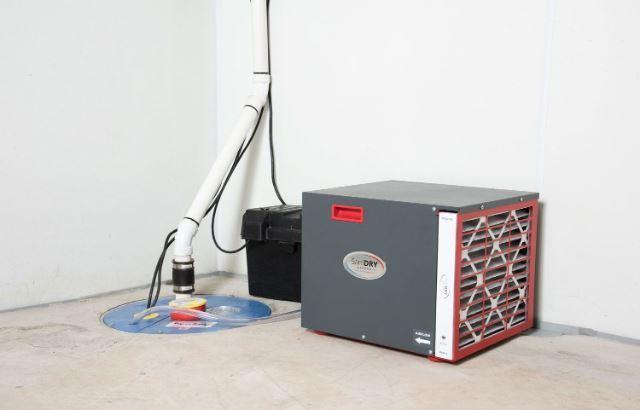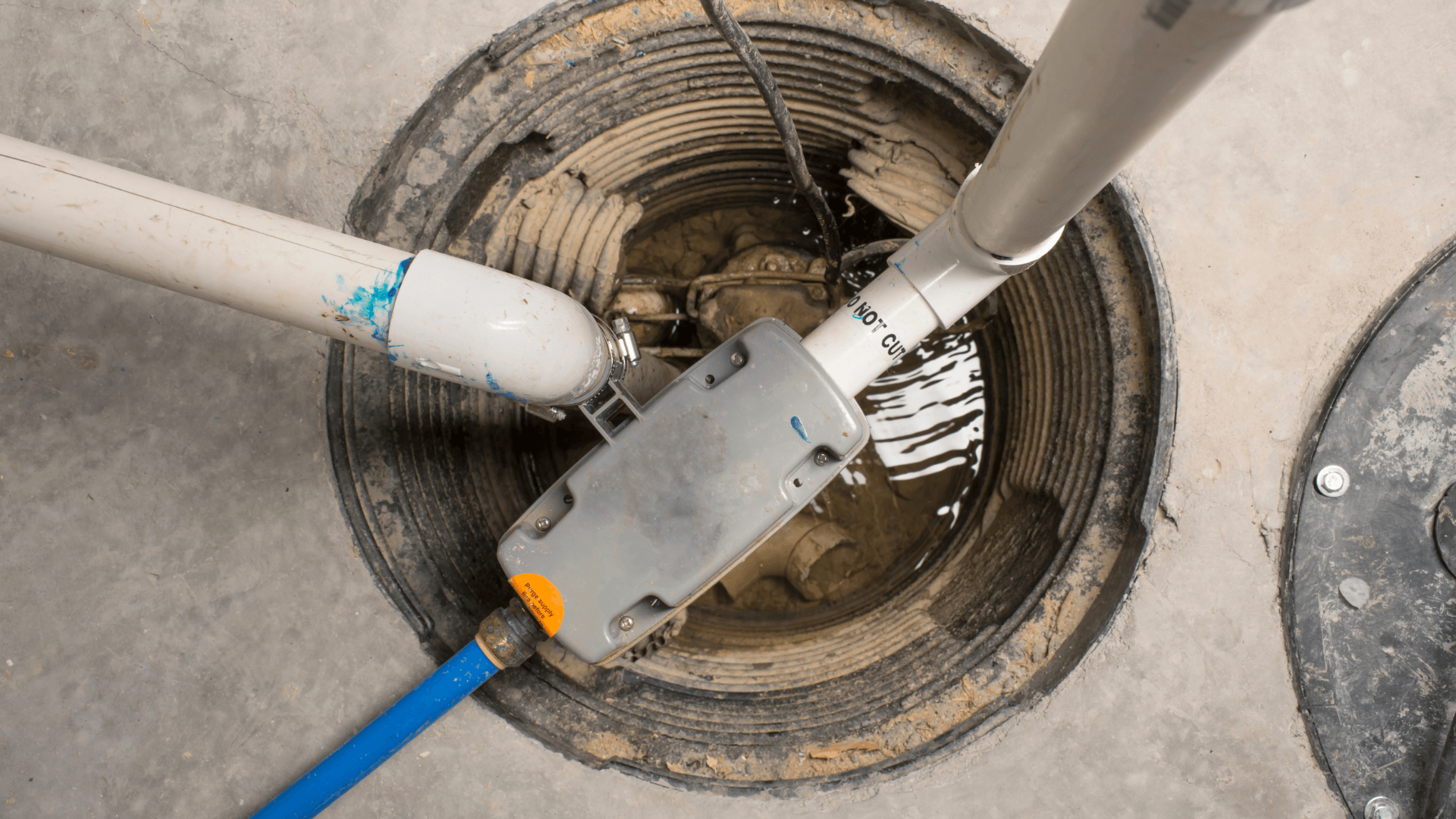Clear Tips for Servicing Your Sump Pump
Clear Tips for Servicing Your Sump Pump
Blog Article
They are making several great points regarding How To Effectively Clean A Sump Pump overall in this great article in the next paragraphs.

Sump pumps are vital elements in numerous homes, especially in areas vulnerable to flooding or too much wetness. They help prevent water damages by efficiently removing excess water from basements or crawl spaces. However, like any other device, sump pumps call for regular upkeep to ensure they function efficiently when required the most. Cleaning your sump pump is a crucial part of its maintenance, and recognizing how to do it properly can save you from costly repair services and possible disasters.
Introduction
Keeping a clean sump pump is crucial for its correct performance and longevity. Overlooking this crucial task can cause clogs, malfunctions, and inevitably, water damages to your residential property. Consequently, finding out just how to clean a sump pump is vital for house owners that count on these gadgets to maintain their cellars dry and safeguarded.
Indicators of a Dirty Sump Pump
Recognizing when your sump pump needs cleaning is essential for preventing possible breakdowns. Some common indications that suggest a dirty sump pump consist of unusual sounds throughout operation, minimized water circulation, and noticeable particles in the pit. If you notice any one of these signs, it's necessary to clean your sump pump without delay to stay clear of any type of further concerns.
Preparing for Cleaning
Before you start cleaning your sump pump, it's important to take some safety and security preventative measures. Beginning by turning off the power to the pump to prevent any electric mishaps. Additionally, use suitable safety gear, such as handwear covers and goggles, to secure on your own from dust, debris, and prospective virus.
Recognizing the Sump Pump
Before diving right into the cleaning procedure, it's essential to have a fundamental understanding of just how a sump pump works. Typically installed in a pit or basin listed below the basement floor, a sump pump consists of several crucial components, including a pump, a float switch, and a discharge pipe. When water builds up in the pit, the float switch triggers the pump, which then pumps the water out through the discharge pipe, far from the structure's foundation.
Detailed Guide to Cleansing a Sump Pump
Turning off the Power
Begin by separating the power supply to the sump pump to avoid any mishaps while cleaning.
Checking for Proper Performance
Prior to reinstalling the pump, do a fast examination to make certain that the float switch triggers the pump properly. Pour some water into the sump pit and observe the pump's operation. If every little thing is functioning properly, you can rebuild the pump and reconnect the power supply.
Removing Debris and Dust
Make use of a bucket or a scoop to get rid of any noticeable particles, dirt, or sediment from the sump pit. Dispose of the debris correctly to prevent it from clogging the pump or the discharge pipeline.
Cleaning up the Pump and Drift Change
When the pit is free from debris, carefully remove the pump from the pit. Check the pump and the float button for any kind of indicators of damages or wear. Utilize a soft brush or towel to cleanse the surfaces and get rid of any collected crud.
Flushing the System
After cleaning up the pump and float switch, flush the sump pit with tidy water to remove any staying dust or debris. This will assist guarantee that the pump runs smoothly and efficiently.
Maintenance Tips to Keep Your Sump Pump Clean
Along with periodic cleansing, there are numerous maintenance suggestions you can comply with to maintain your sump pump in ideal condition:
Verdict
Cleansing your sump pump is a critical facet of its upkeep and guarantees that it runs effectively when you need it the most. By adhering to the steps outlined in this guide and integrating normal upkeep right into your routine, you can expand the life-span of your sump pump and protect your home from water damages.
6 STEPS ON HOW TO CLEAN A SUMP PUMP PROPERLY
UNDERSTANDING SUMP PUMPS
Your sump pump plays a crucial role in protecting your home by managing and removing excess water. It primarily functions as a “shield”, guarding your basement against the damaging effects of water accumulation. The pump is housed in a sump pit in the lowest part of your basement, and its job is to pump out any water that collects there.
During heavy rainfalls or when snow melts rapidly, water can infiltrate your basement, posing potential risks like flooding, structural damage, and harmful mold growth. Here, the sump pump springs into action, pumping out the intruding water and directing it away from your home.
SAFETY FIRST
Before cleaning, remember to prioritize safety. Disconnect the sump pump from the power source to prevent any accidental electric shocks. Also, wear sturdy gloves to protect your hands from any sharp or dirty components within the pump.
REMOVE THE SUMP PUMP
After ensuring your safety, the next step is to remove the sump pump from its pit. Doing this might require careful maneuvering as you don’t want to damage any pump components. Once removed, clean the sump pit to remove any accumulated debris or sludge.
INSPECT THE PUMP
Inspect the pump for any visible signs of wear or damage. Check the power cord, float switch, and impeller housing. If any components look worn out or damaged, consider replacing them to ensure optimal performance.
CLEAN THE PUMP
Thoroughly clean the pump with warm, soapy water. Make sure to rid it of any dirt, gravel, or other debris that might impede its performance. You can use a toothbrush to clean the small, hard-to-reach parts of the pump.
REINSTALL THE SUMP PUMP
Reinstall the pump into the sump pit Make sure it’s positioned correctly to remove the water effectively Once it’s back in place, reconnect it to the power source TEST THE PUMP
Finally, pour some water into the pit to ensure the pump works correctly. It should start automatically and begin pumping out the water; if it doesn’t, check the power source and the positioning of the pump.
Remember, while cleaning your sump pump is an essential part of home maintenance, hiring a professional plumber for a thorough inspection and cleaning at least once a year is also important. This will ensure that your pump is in optimal condition, ready to protect your home from potential water damage.
BEST PRACTICES FOR CLEANING SUMP PUMP DISCHARGE PIPES
Regular Inspection: Regularly inspect your discharge pipes, especially during heavy rainfall or snowmelt periods. Look for any signs of blockage or damage. Early detection of problems can prevent serious issues down the line. Periodic Cleaning: Over time, sediment and debris can accumulate in the discharge pipes, impeding the flow of water. Regular cleaning helps keep the pipes clear and functioning efficiently. You can use a high-pressure water jet to effectively clean the pipes. Insulation During Winter: In colder climates, discharge pipes can freeze, blocking the outflow of water. Protect your discharge pipes from freezing temperatures by insulating them with foam pipe insulation. This will ensure the sump pump can continue to discharge water even in freezing conditions. Proper Positioning: The discharge pipe should be positioned to direct water away from your home’s foundation. Improper positioning can lead to water seeping back into the basement. Ensure the pipe is long enough and angled correctly. Installation of a Check Valve: A check valve prevents water from flowing back into your sump pit after the pump has pushed it out. Installing a check valve helps maintain the efficiency of your sump pump and reduces the risk of flooding. Minimize Pipe Turns: Every curve or turn in the discharge pipe can decrease the efficiency of water flow. By minimizing turns and bends in your discharge pipe, you can increase the efficiency of your sump pump. https://www.fullspeedplumbing.com/how-to-clean-a-sump-pump-properly9999/

Do you enjoy reading about Steps to Cleaning Your Sump Pump Properly? Leave a comment directly below. We'd be glad to find out your suggestions about this blog posting. Hoping that you come back again soon. In case you appreciated our blog post if you please make sure you remember to share it. Thanks a lot for being here. Return soon.
Additional Resources Report this page